Photographs taken by Hugo Ribes, Philippe Somnolet, Adrienne Surprenant, photographers of the Item collective
Artistic intention thought by Stimultania and the Item collective
Creation time conducted over 3 consecutive days in July 2020.
Restitution display on the windows of Stimultania
Intervention carried by Stimultania.
Support by the DRAC Auvergne-Rhône-Alpes, the Auvergne-Rhône-Alpes Region within the framework of FIACRE, the city of Givors.
Related article (s)
Stimultania carries out a program each year entitled Here it is Givors, addressed to the entire population and more specifically to young Givordines. Composed of several cultural actions (mediation workshops, events, debates) the program also offers a time of creation with photographic artists to promote the emergence of collective works. Here it is Givors is a soft and raw look at the same time, serious and quirky, on what this territory contains of picturesque, funny, sometimes sinister – in short, of profoundly human.
Zones 2020: The banks of the Rhône, around the Givors ville station, the Château Saint-Gérald
During 2019, the Item collective, based in Lyon, contacted the association. Some of the collective's photojournalists are starting long-term work on the Gier valley, a valley that begins in Givors. Stimultania sees in this the opportunity for a new type of collaboration, a journalistic vision that had not yet been explored in the projects carried out in the territory.
Stimultania imagines a project: in the middle of a year of municipal elections, exploring emblematic areas, places of debate and ambitions for transformation, to tackle general social issues implicitly. Three areas are defined: the banks of the Rhône, the area of the old glass factory, the Château Saint-Gérald. Hugo Ribes, Philippe Somnolet and Adrienne Surprenant are each invited to take over an area.
To observe these spaces, Stimultania also wishes to involve young Givordins, to accompany the photographers in their peregrinations and produce the images with them. Only here, 2020 is not just a year of municipal elections... At the time of the intervention, the restrictions due to the health crisis are still strong and the situation complex: no social structure manages to engage in the project and mobilize a group.
The project is still maintained, leaving complete freedom to the photographers to approach the places in their own way. A beautiful collective energy sets in, everyone quickly creates a link with the inhabitants and the stories abound. Even the rain will not interrupt the field work.
In October, the production, of high quality, takes place on the windows of the premises of Stimultania, projecting the photographs for all to see. Passers-by linger, they recognize the places, sometimes the people photographed.
During this same period, a meeting is organized with a group of inhabitants to discuss the images produced and to think together about what to do next. Indeed, it was decided to renew the partnership with Item for two more years, three new areas will be defined each year. The objective is not to develop an exhaustive inventory of all the districts, nor to produce a flattering catalog of Givors but rather to reveal what the territory conceals, singular, common, beautiful, ugly, and to make emerge from reflections on the issues inherent in life in a medium-sized city, located on the banks of a river and a natural massif, crossed by the motorway and the railways.
Banks of the Rhône / confluence of Gier and Rhône
Philippe somnolet
Walks, tourism, leisure and well-being, nature.
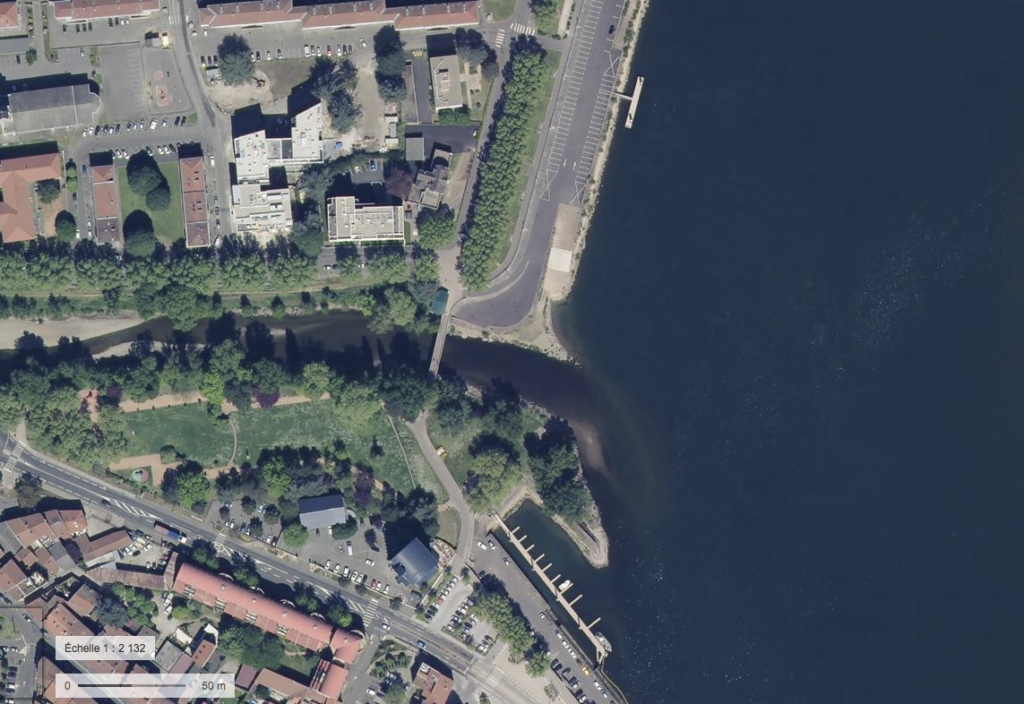
Philippe Somnolet, photographer and sociologist dealing, among other things, with the relationship between man and animal, landed on the banks of the Rhône, a half-equipped walking area that every Givordin would dream of seeing transformed into a marina. or on the beach. First, he observes and observes: urban infrastructures seem to direct bodies, “tame” nature, create barriers, move away from the natural. Not far from there is the highway and its constant hum. All around, lots of concrete and river water that has seen better days in terms of cleanliness. But in this environment a priori not conducive to well-being, he encounters an abundant population: the old, faithful to the same bench at the same time, the young people in urban rodeo (it must be said that the place is ideal), the swimmer of the infallible Rhône, the experienced fishermen who transmit to the novices, the friends who meet, the breaks in the car facing the waves, and this Afghan man, in transition, who is bored at the edge of the water, and this woman whose the car fell into the Rhône but continues to rub shoulders with it. There are the loners, the dog walkers, the parents with children, there are the swans, the ducks, the pigeons – unobtrusive, unadorned, yet very present shoreline life.
"It is the end of the city and the beginning of something else, it is perhaps in this in between that lies the idea of promise. We seem to lead our free time there, our friendships, our loves, our loved ones, our animals and our solitudes as if it were their place of origin, we bring them back there. Nature, so to speak, is opposed to the city because it orders itself, without us or in spite of us. This may be why we find ourselves there, it leaves us with ourselves, addressing only itself. Givors is leaning against the Rhône by the Gier. These banks draw the border lines with this nature and form the ground for this maintained relationship.”Philippe Somnolet
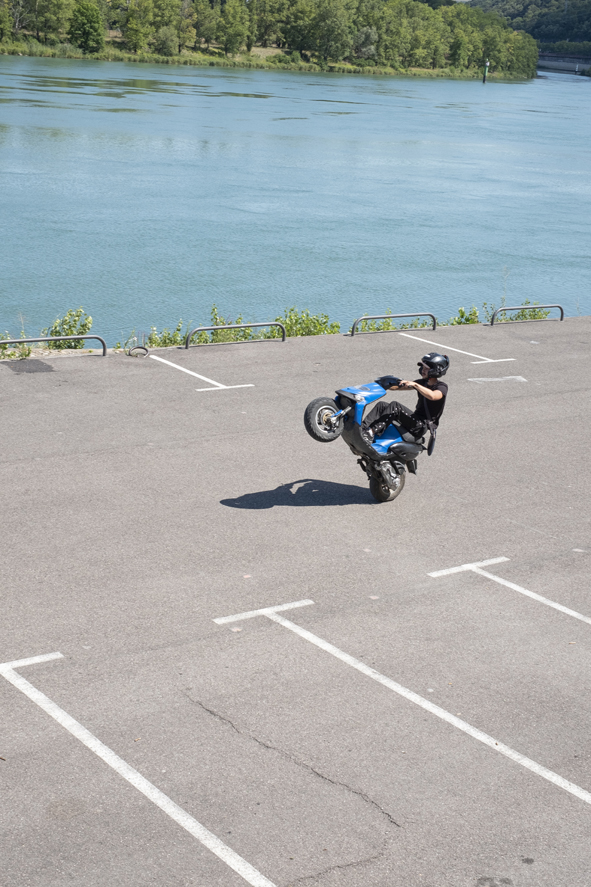
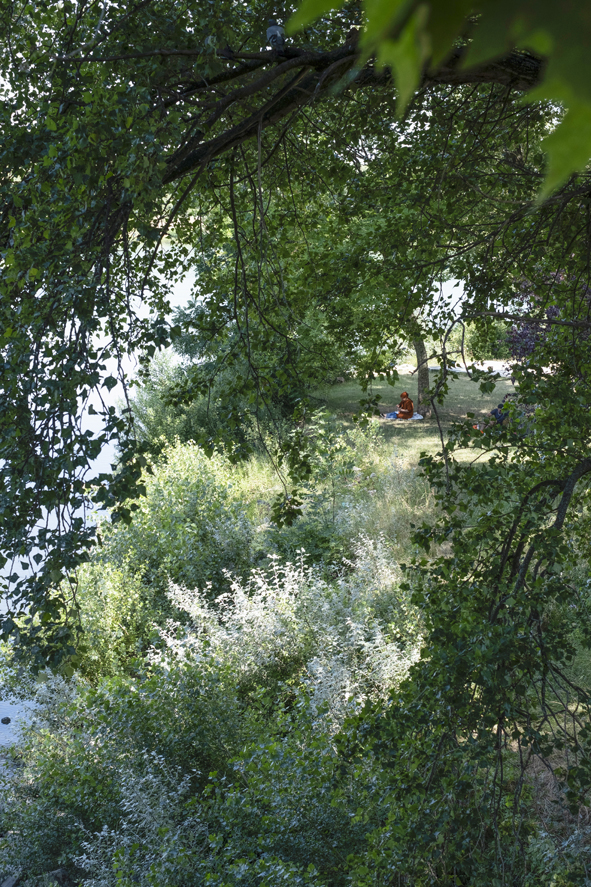
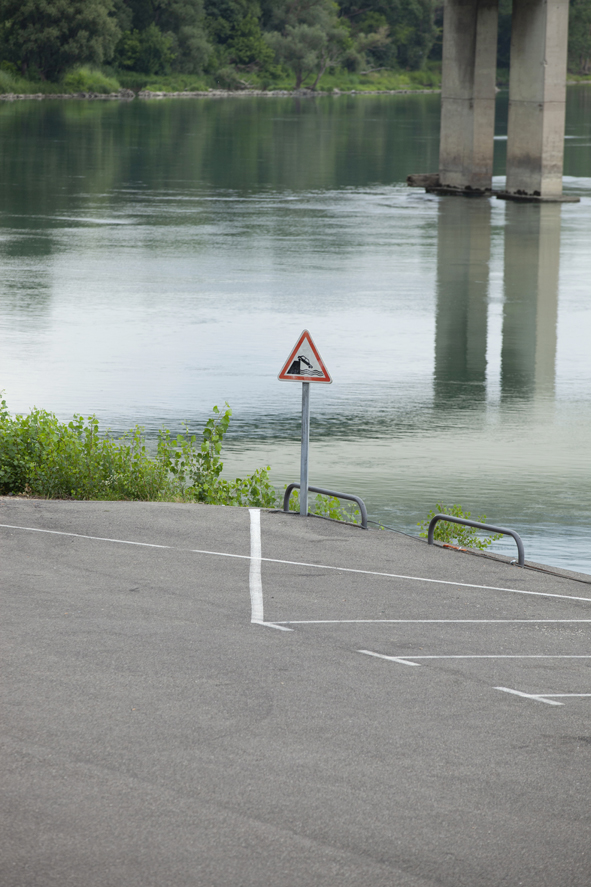
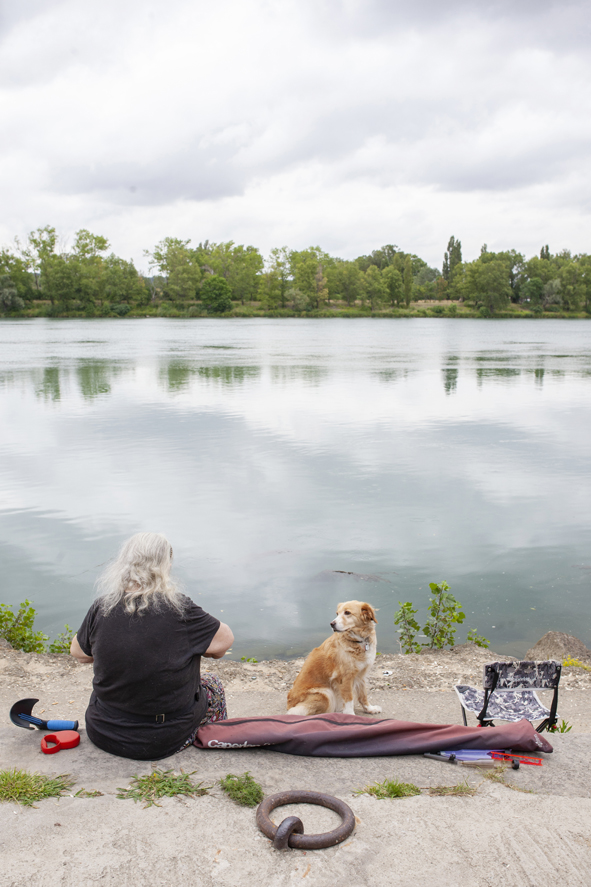
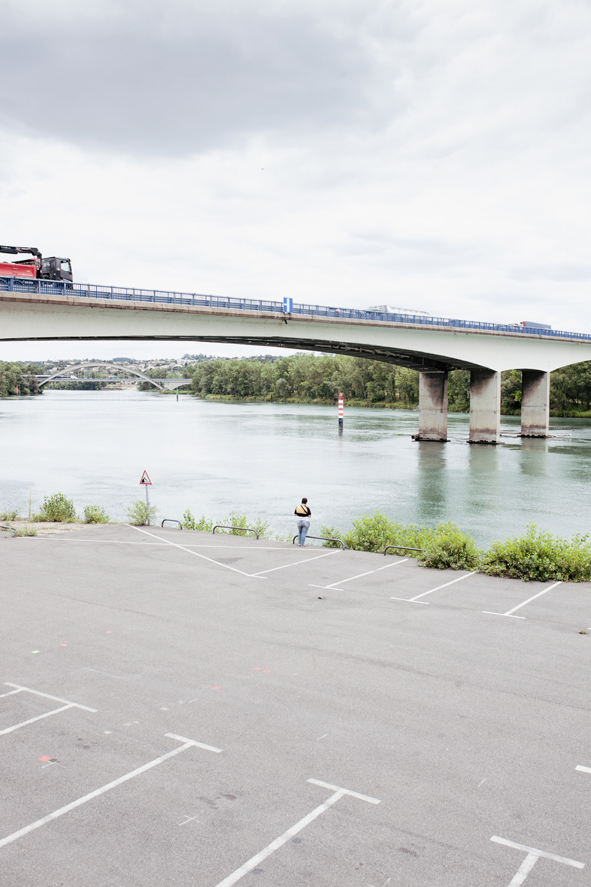
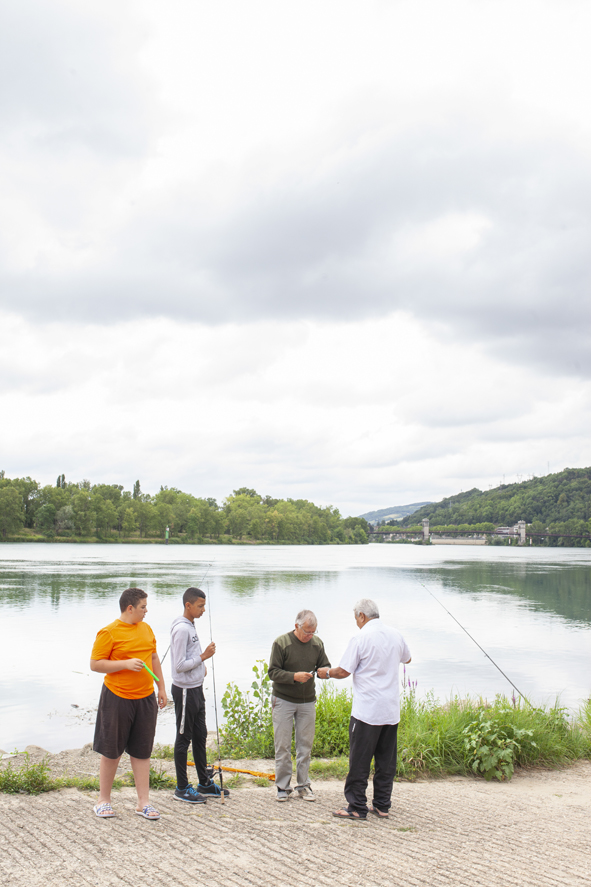
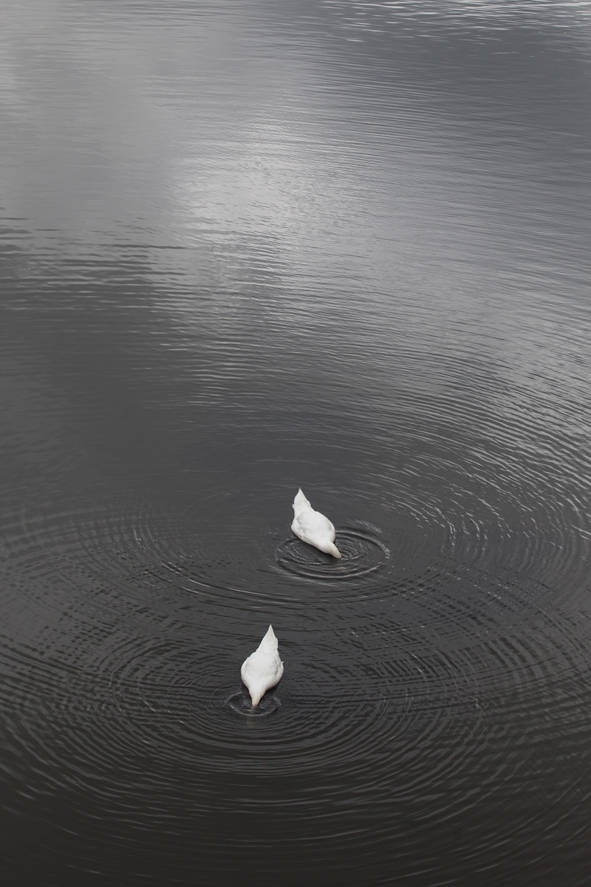
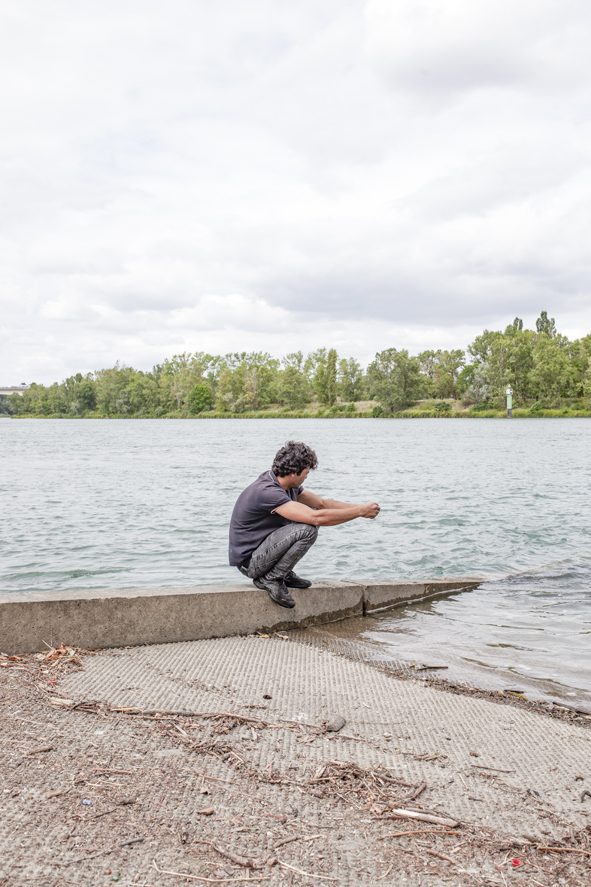
Area behind the station / old glassworks
Hugo ribes
Industrial past of the city, transformation, commercial area, car.
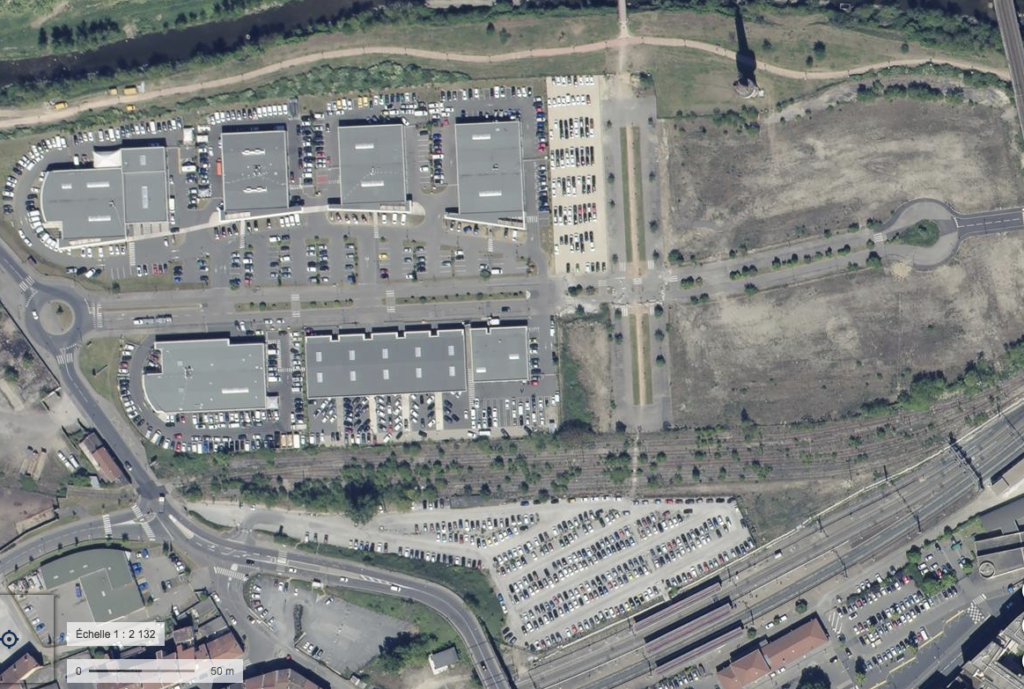
Hugo Ribes, a committed documentary photographer, takes over the area where the old glassworks used to be, behind the station, now transformed into a car park and car park. He leaves to question the industrial past of the city but also the place given to the car in this place which now seems to be dedicated to it. He surveys the place, positions himself, photographs the spaces. Nearby stands the fireplace, the only remaining vestige of the glassworks. Around there are trails and a lot of work in progress. What is this place ? A rather vague area, between car park, car park, place for walking and place of memory which has been the focus of many ambitions for years. Very quickly, Hugo Ribes approaches those he meets on his way. Because if there are certainly a lot of cars, there are also people. His flash portraits (re)give status to these beings who cross places, for different reasons. But are these passers-by looking like film actors, who exude both confidence and lightness, really real?
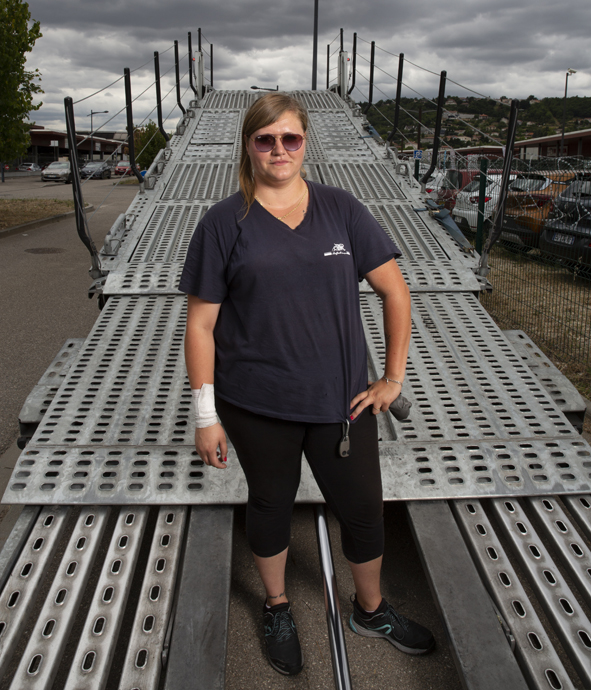
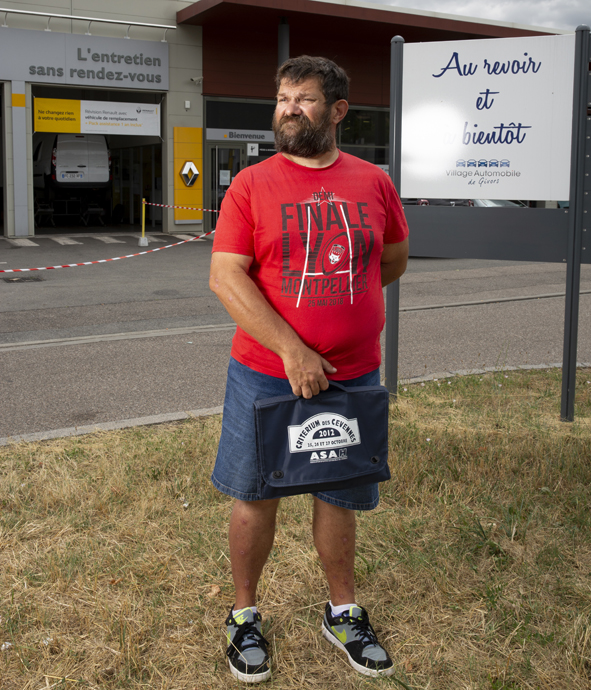
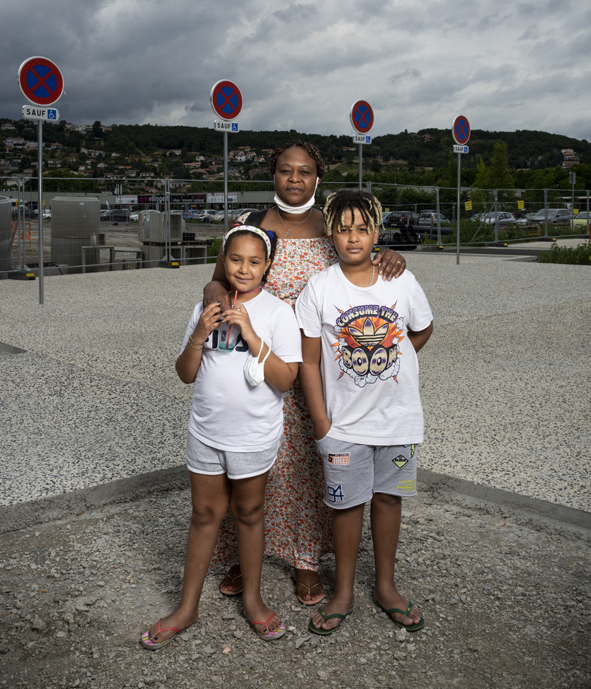
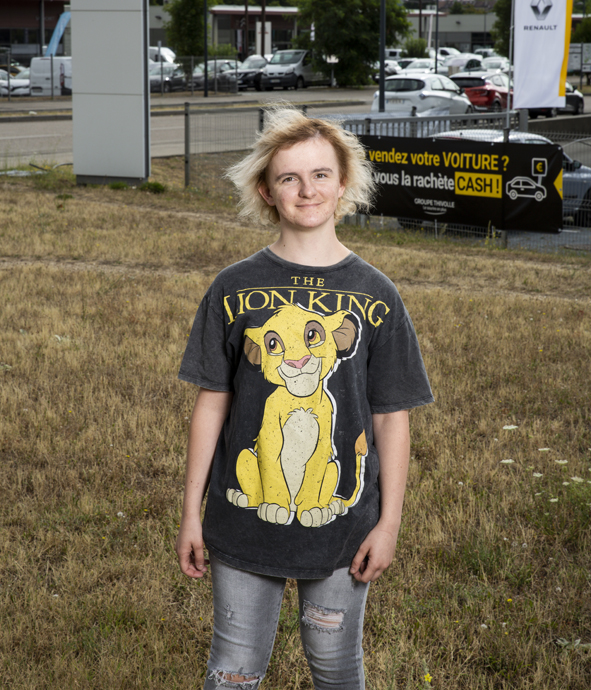
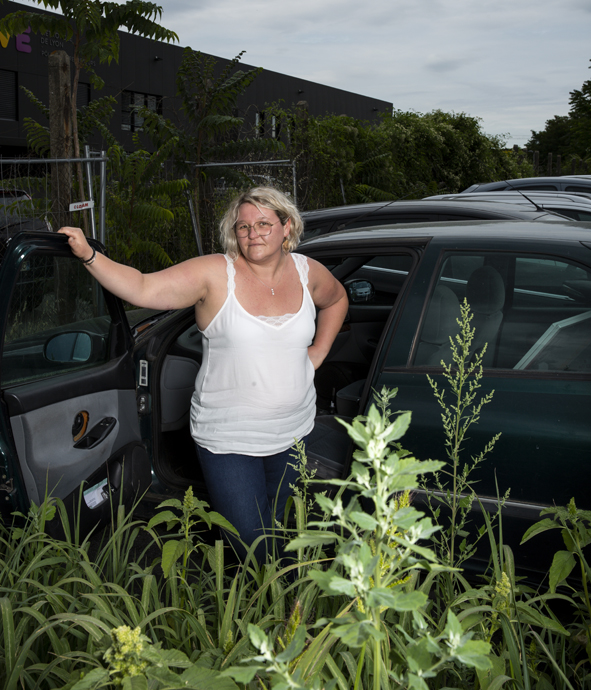
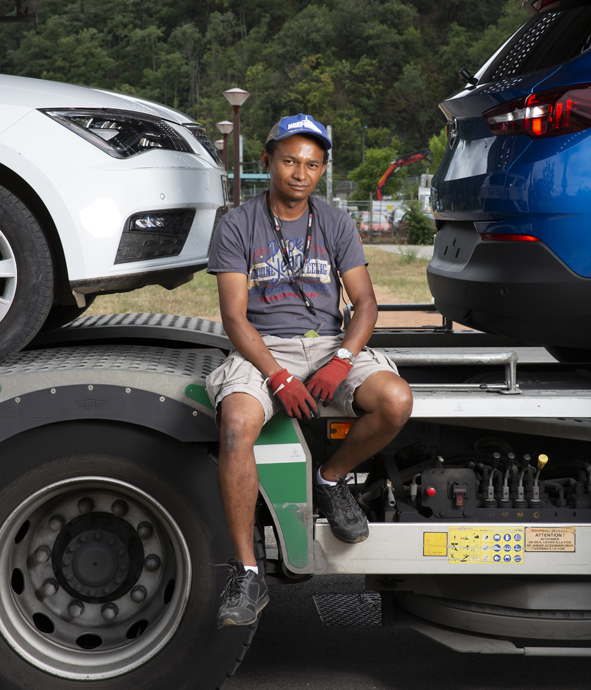
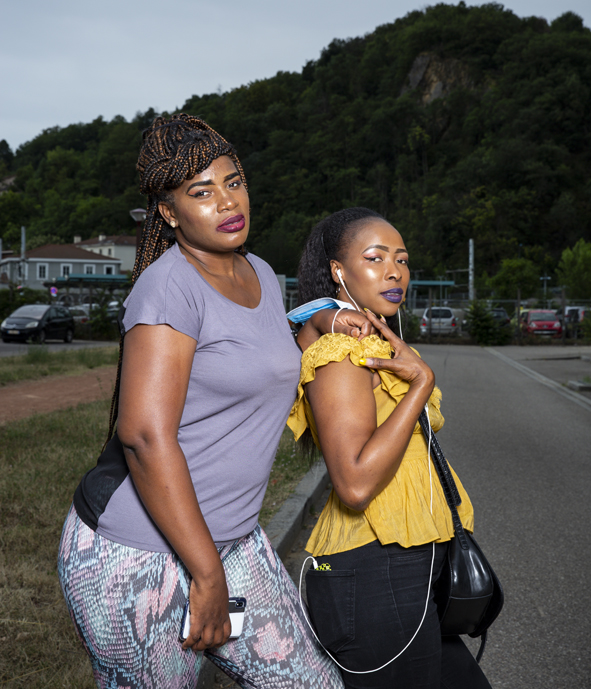
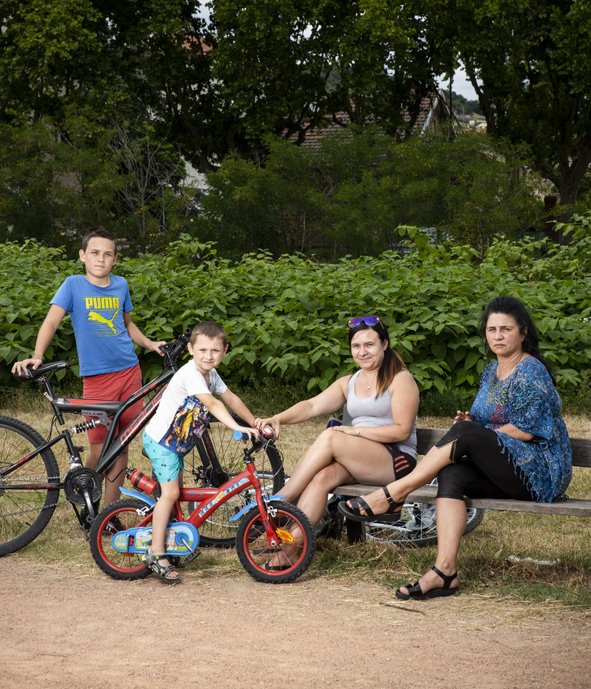
Chateau Saint-Gérald
Adrienne suprenant
Heritage, history, identity, memory, renovation.
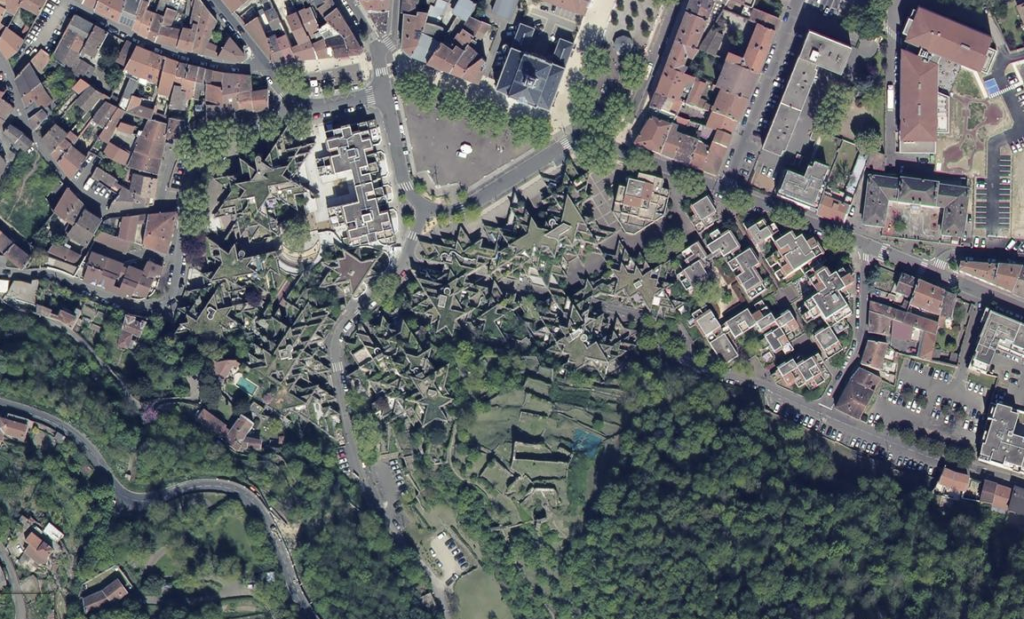
Adrienne Surprenant, Canadian photojournalist, stormed the ruins of Château Saint-Gérald, at the top of the hill in the heart of the city center. The place is nice but it is deserted. There are the stones, the vegetation, the birds, the calm. There is a view of Givors and the whole valley, the footpaths that lead straight into the forest. Adrienne approaches, touches rough or smooth material, rock, moss, leaves with her camera. She remains seated, contemplates, waits. But the decor has its limits, it needs human contact. Armed with her notepad on which she has glued fragments of the castle, she goes back down to the Town Hall square to ask passers-by to reinvent this building which overlooks them and which few really know. The testimonies are edifying, often disconnected from the subject that Adrienne brings. It is probably more obvious to speak of the lack of work than of the rehabilitation of a ruin. The set of images she produces thus combines photographs, collages, handwritten texts and drawings. He gives substance to this place in a very special way - a timeless image, at the same time sweet and poetic but also funny and somewhat disenchanted.
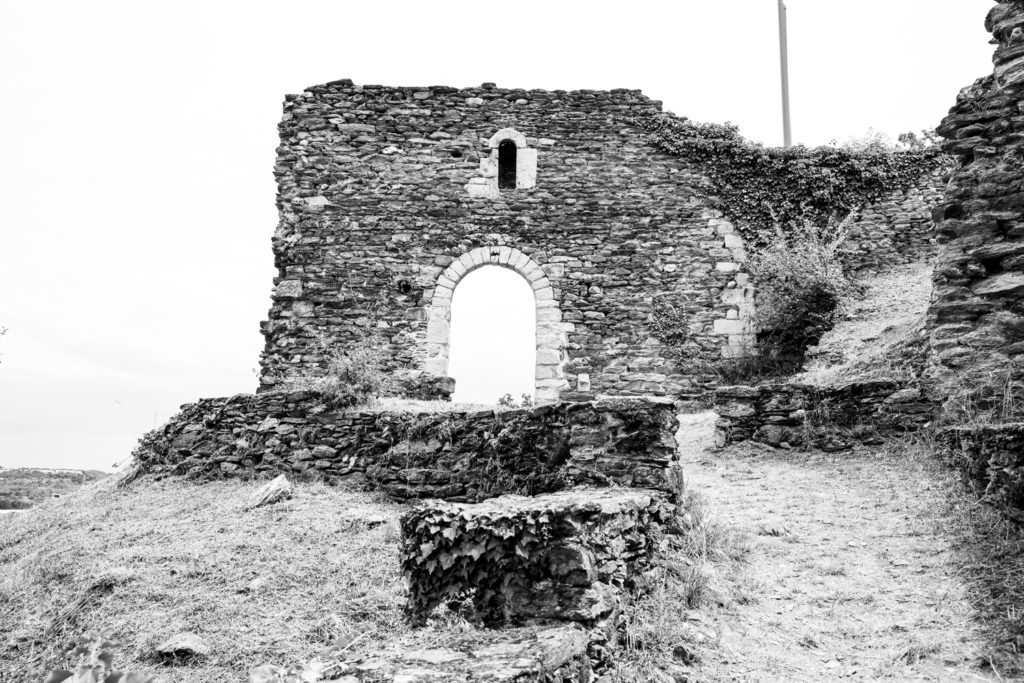
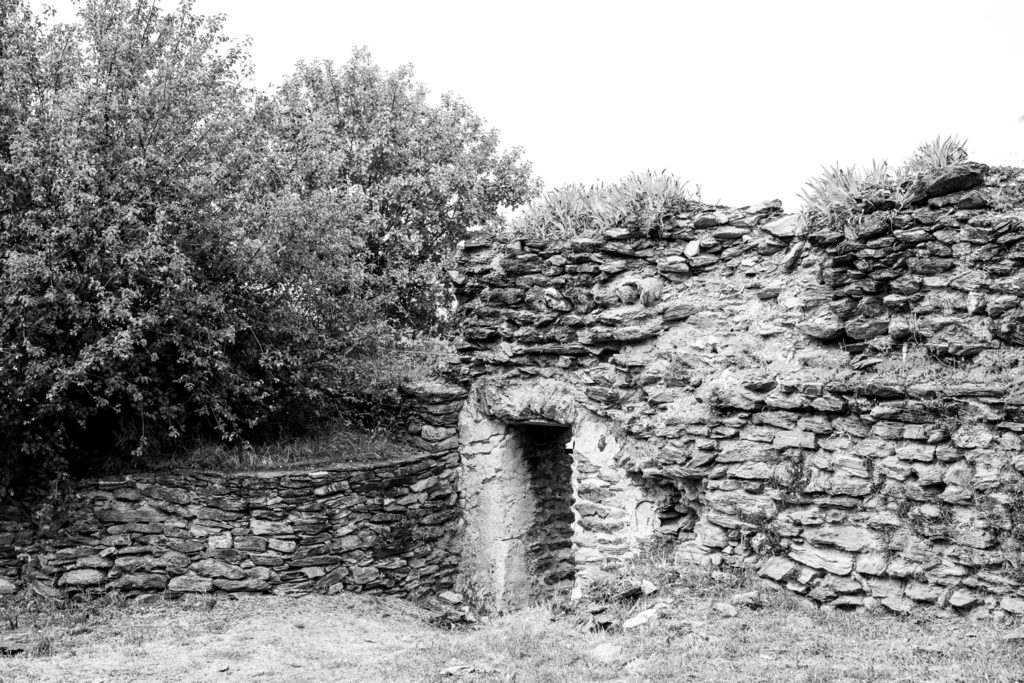
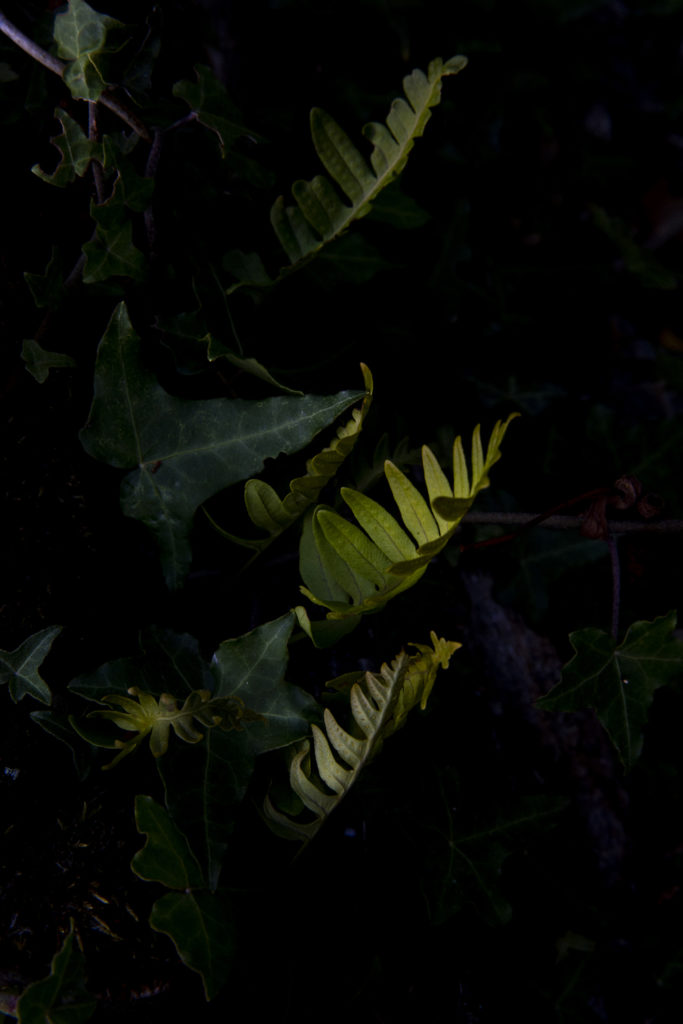
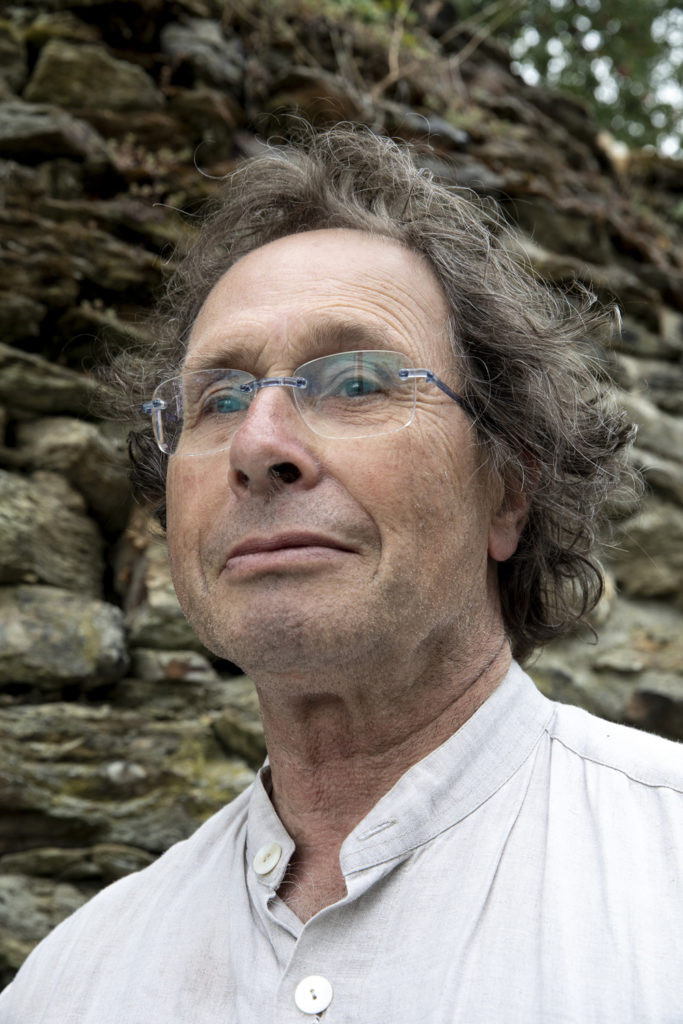
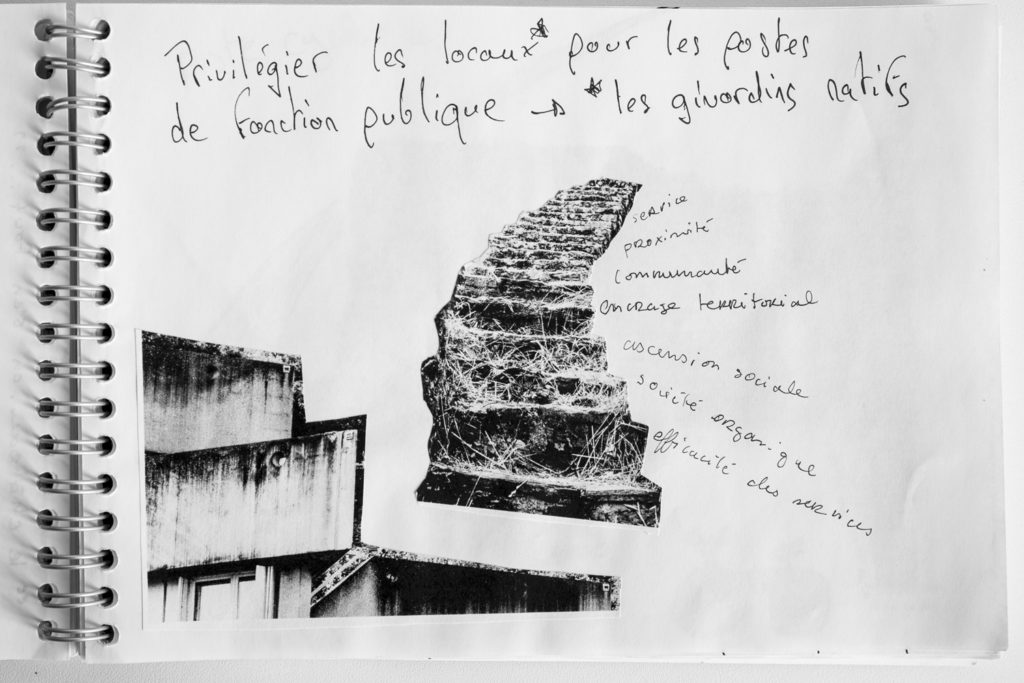
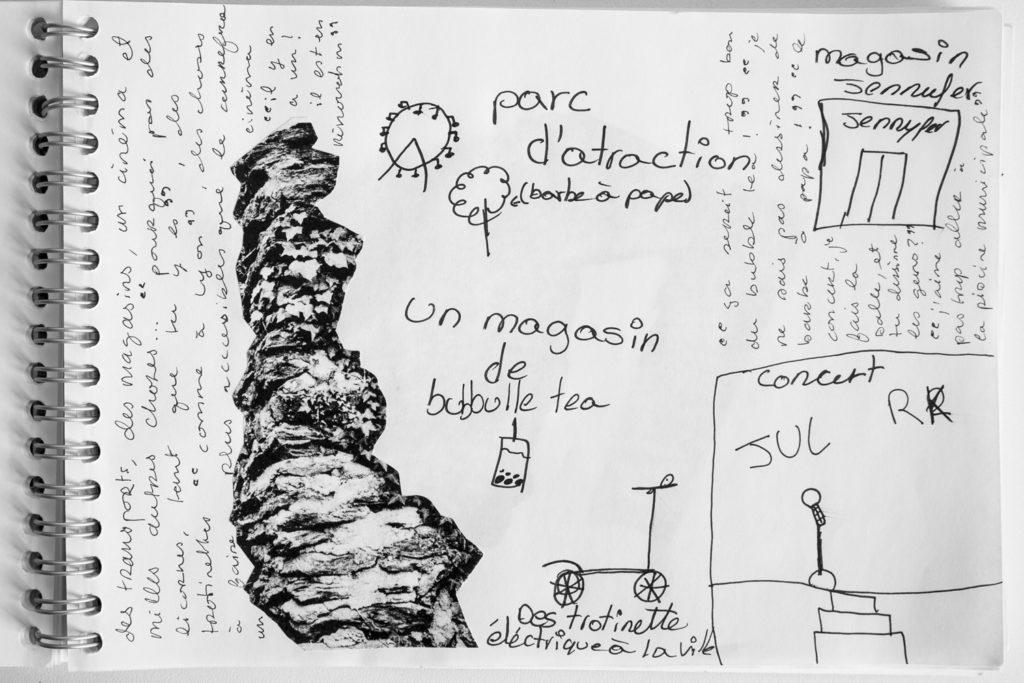
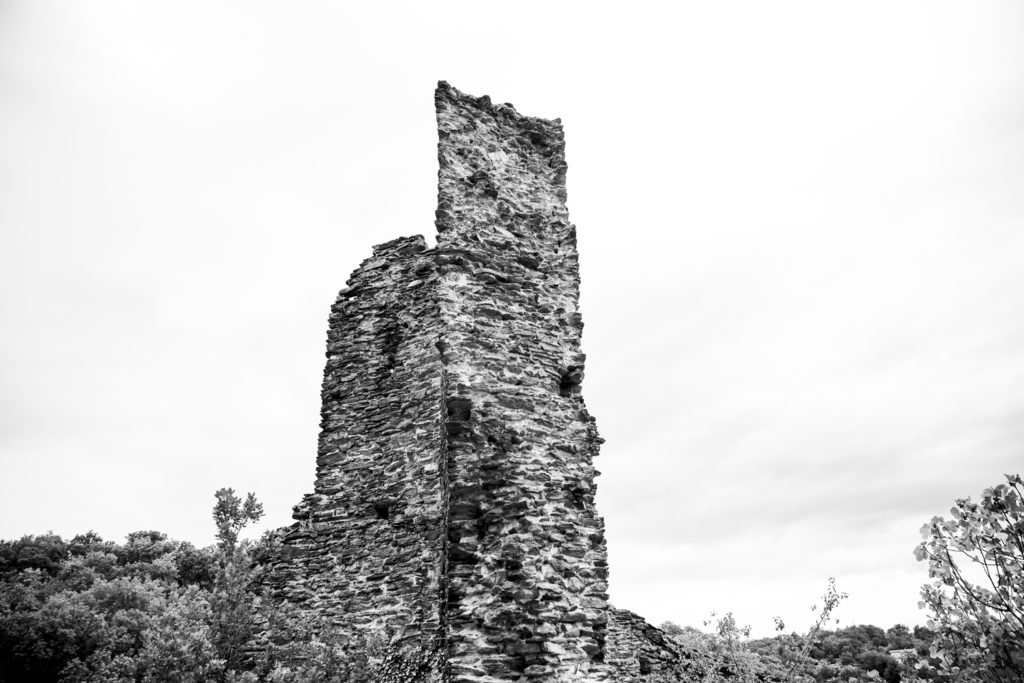
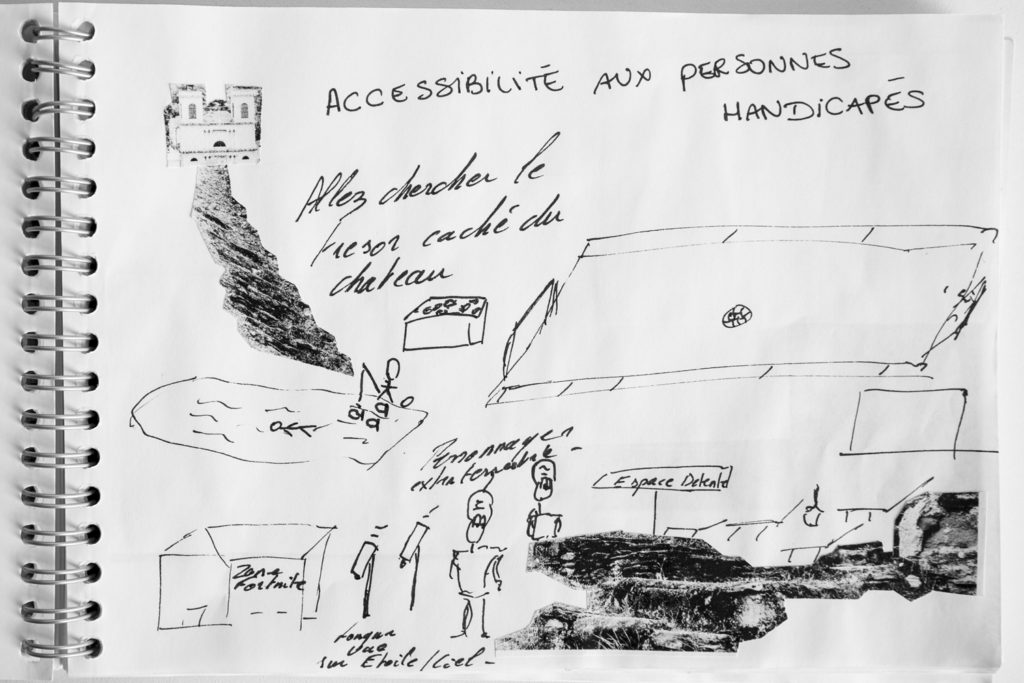
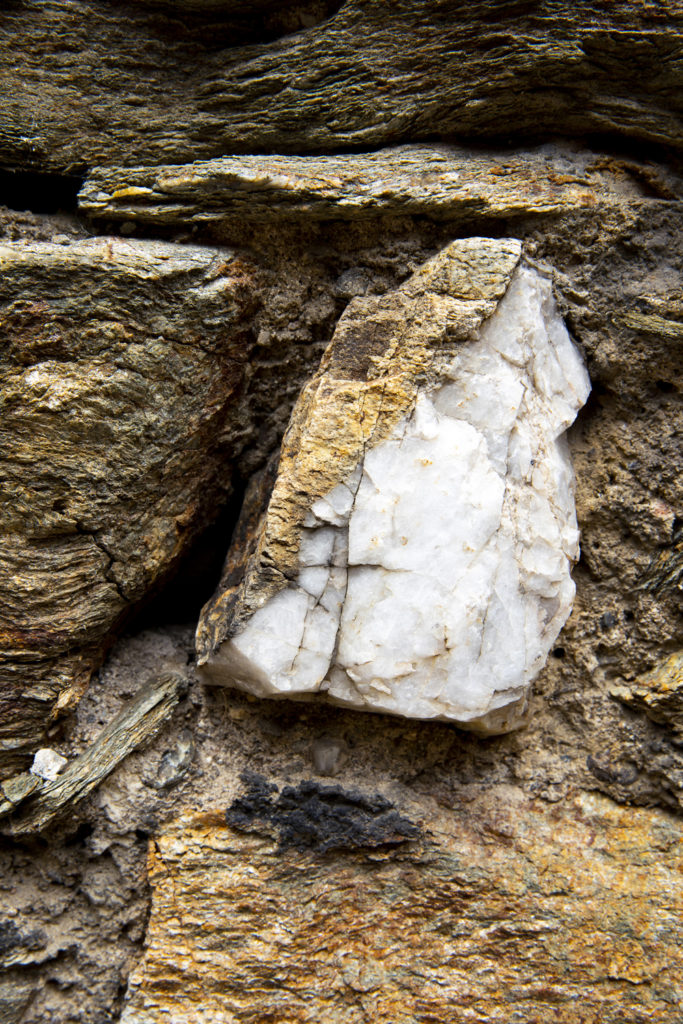
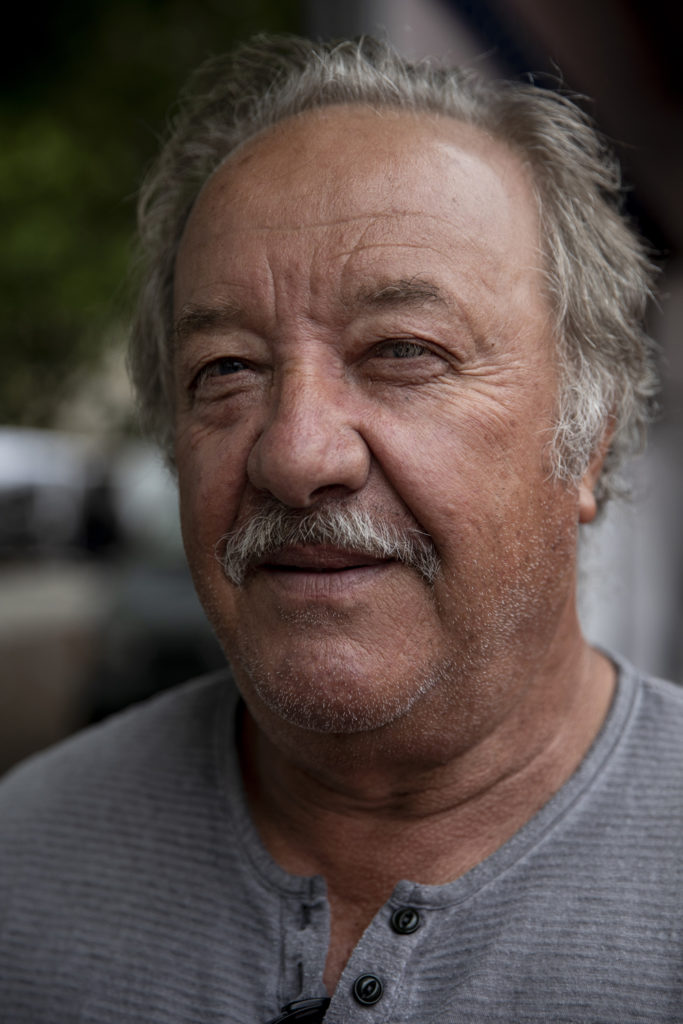
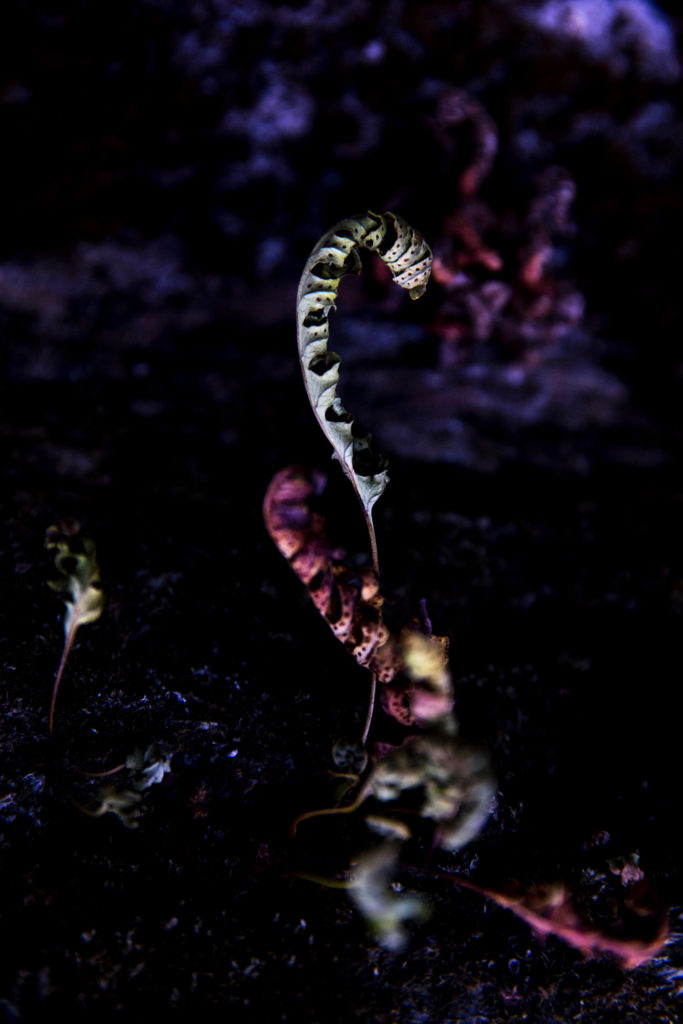
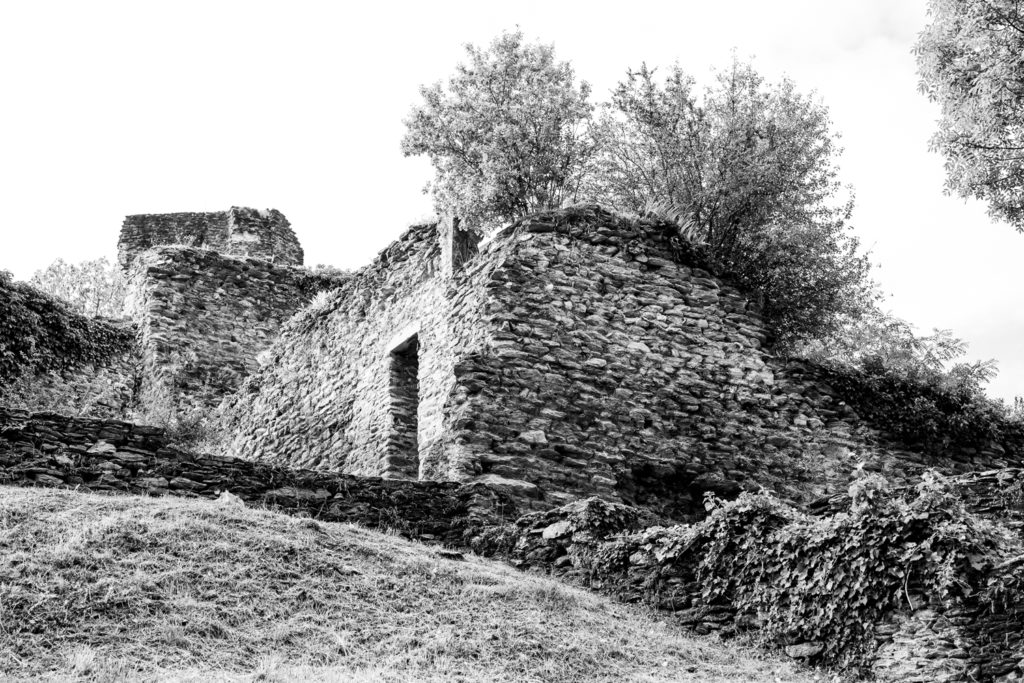
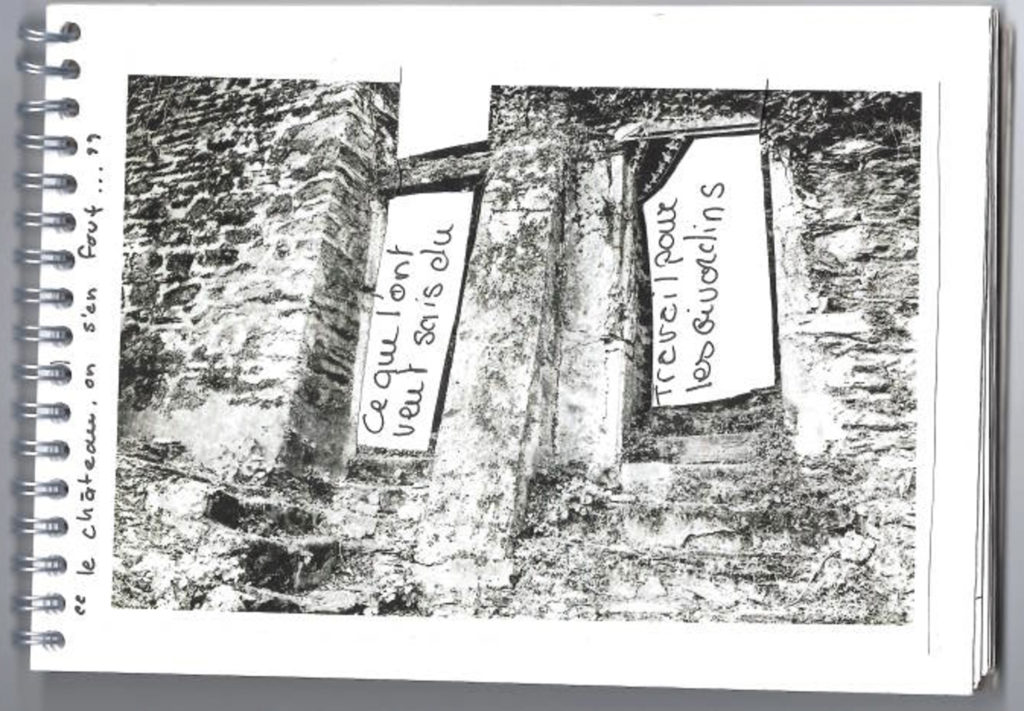
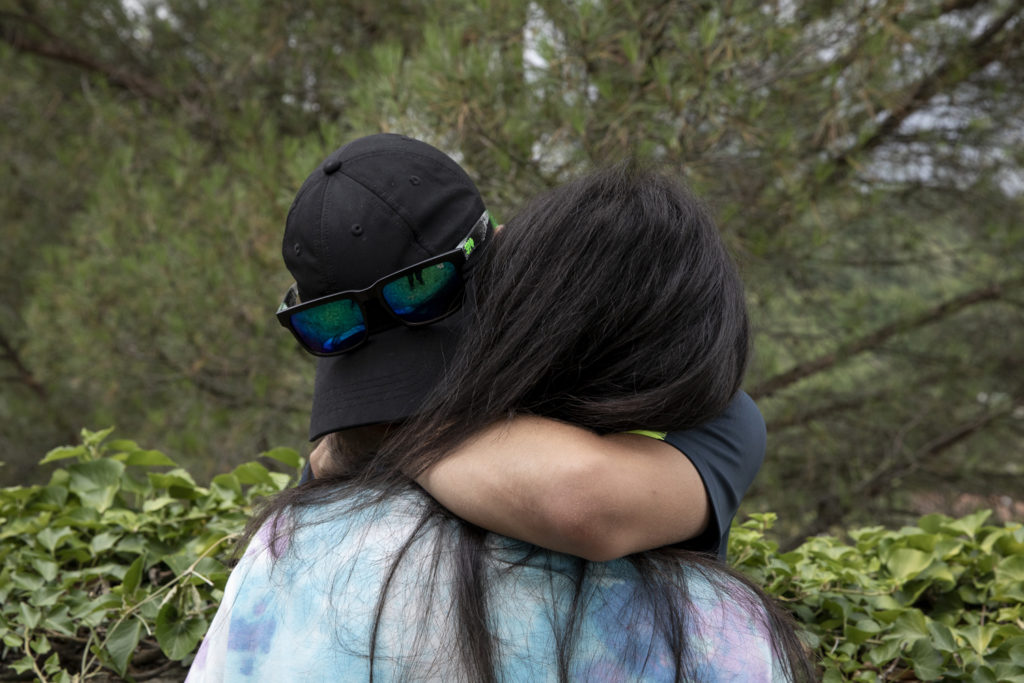
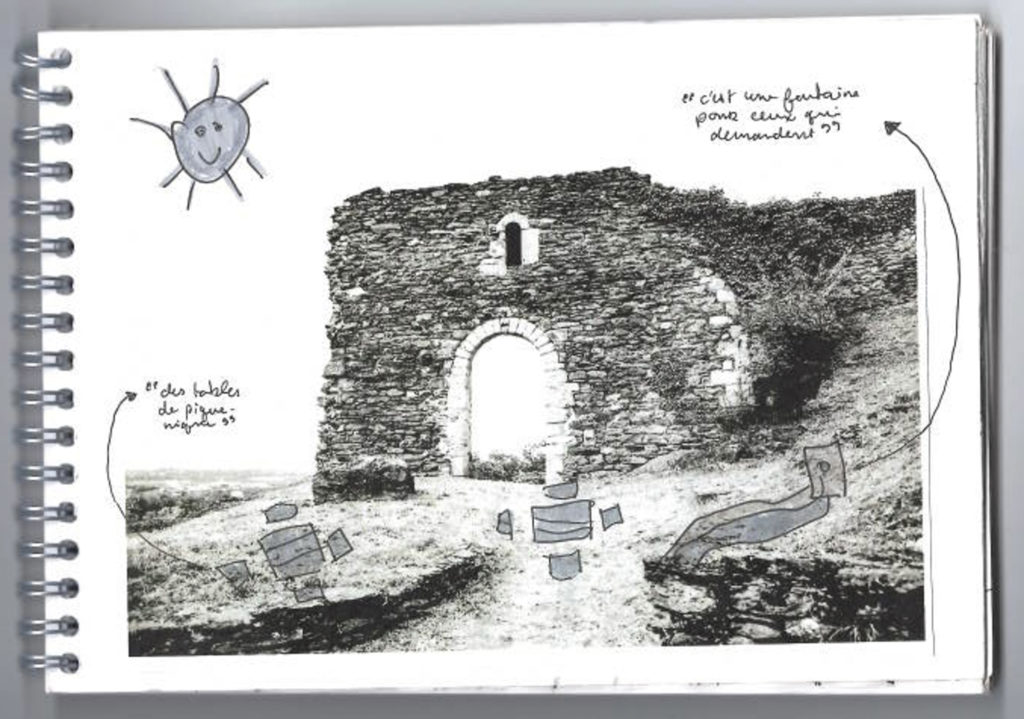
Collective Item is based in Lyon: “For the past twenty years, in France and abroad, many photographers have chosen to come together in order to imagine together their own working and production methods. These collective structures, built on the model of cooperative agencies, seek, through the exchange and sharing of means of production, to offer “long-term” images, far from the single shock visual with an illustrative vocation. This method of organization, combining the principles of independence and solidarity, allows them to preserve their author's approach and to control the production of their images, from their development to the choice of possible outcomes.
The Item collective is an independent production structure that develops skills in photo-journalistic writing. A know-how that he declines in the field of the press, the company and the institutions. The item collective is a workspace that gives itself the time and the means necessary to build real subjects, thought of as photographic stories in their own right.
His photographic production operates in a permanent dialogue between individual work and collective projects, personal work and commissioned work. The item collective is a dissemination space that is open to the public by organizing individual or collective exhibitions, within the framework of its studio, to show the diversity of the writings that make up the field of photojournalism.
Born in 2001, the Item collective is now made up of nine photographers, Romain Etienne, Bertrand Gaudillère, Nicolas Leblanc, Cyril Marcilhacy, Etienne Maury, Paloma Laudet, Hugo Ribes, Jeremy Suyker, the anthropologist photographer Philippe Somnolet, and the graphic designer and scenographer Yannick Bailly.
The structure would be nothing without the involvement of Laureen Quincy, coordinator and administrator.”
